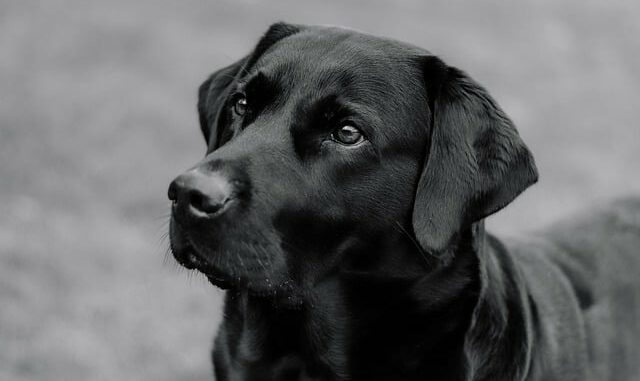
Dog bites are a persistent concern in Ontario, raising questions about public safety and prompting debate about the effectiveness of current legislation. The 2005 amendments to the Dog Owners’ Liability Act (DOLA), which included a ban on pit bulls, marked a significant shift in the legal landscape. However, the ban’s effectiveness and fairness remain hotly contested. This article examines the impact of the pit bull ban on Ontario’s dog bite law, exploring arguments for and against breed-specific legislation (BSL).
The Bite Behind the Ban: A Reaction to Public Pressure
The pit bull ban emerged in response to a series of high-profile dog bite incidents in the early 2000s, often involving pit bulls. Fueled by public fear and media portrayals, the legislation aimed to curb dog attacks by targeting specific breeds. The ban restricts ownership of pit bulls and pit bull mixes, with existing dogs subject to strict regulations.
The Muzzled Debate: Evaluating the Ban’s Effectiveness
The effectiveness of the pit bull ban in reducing dog bites is a matter of debate. Proponents argue that the ban has lowered the number of dog attacks involving pit bulls. However, critics point out that:
- Overall Bite Rates Remain Steady: Statistics from animal control agencies suggest overall dog bite rates haven’t significantly decreased since the ban.
- Shifting Target: The ban might have shifted the focus away from responsible dog ownership practices, potentially leading to an increase in bites from other dog breeds.
- Unfair Breed Targeting: Critics argue that BSL unfairly targets specific breeds based on appearance or stereotype rather than individual temperament.
The focus on breed ignores the fact that any dog can exhibit aggression under certain circumstances. Responsible ownership, including proper socialization and training, is crucial in preventing dog bites regardless of breed.
The Legal Labyrinth: Unintended Consequences of the Ban
The pit bull ban has also introduced unintended consequences into the legal landscape:
- Misidentification: The ban relies on physical characteristics to define a pit bull, leading to misidentification of mixed breeds. This creates confusion and anxiety for responsible owners of non-pit bull dogs with similar features.
- Underground Breeding: The ban might have driven some pit bull breeding underground, potentially leading to a decrease in responsible breeding practices and increased health risks for dogs.
- Focus on Appearance over Behavior: The focus on breed takes away from assessing individual dogs for aggressive tendencies, potentially overlooking potentially dangerous dogs of other breeds.
Moving Forward: A Focus on Responsible Ownership
The future of dog bite law in Ontario needs to move beyond breed-specific bans. Here’s a more promising path forward:
- Responsible Ownership Education: Focus on promoting responsible dog ownership practices, including early socialization, obedience training, and understanding canine behavior.
- Dangerous Dog Designations: Maintain and strengthen existing regulations that allow for the designation of “dangerous dogs” based on past behavior and temperament assessments, regardless of breed.
- Stricter Enforcement: Enforce existing leash laws and responsible ownership regulations more stringently. This could involve increased fines or public education campaigns.
Conclusion: Beyond Breed
The pit bull ban in Ontario represents a controversial chapter in dog bite law. While it aimed to enhance public safety, its effectiveness is questionable. Moving forward, a focus on responsible ownership, breed-neutral dangerous dog designations, and stricter enforcement of existing laws offers a more promising path towards reducing dog attacks and fostering a safer environment for both humans and canines. Ultimately, responsible ownership, not breed, is the key to preventing dog bites and building positive relationships between dogs and their communities.
